With the debut of Ford’s latest iteration of the Mustang, the men and women from the Blue Oval have upgraded and reworked every inch of the legendary ponycar. From turbo-fours to lightweight materials, classically modern design to suspension set-up, Ford engineers have had their hands full moving the iconic Mustang forward to contemporary times.
One area Ford engineers attempted to exploit more than before was aerodynamic efficiency. Whilst attempting to reduce drag and increase downforce is already difficult enough, Ford had to preserve the classic Mustang shape and design without any of the drawbacks of a forward-leaning design and teardrop shape.
Carl Widmann, Aerodynamics Engineer Manager at Ford, states, “With the new Mustang, we spent about twice as much time running aerodynamic simulations and doing wind tunnel tests than the previous Mustang.” When working with speeds to upwards of 150+ MPH, the resisting force of air thoroughly changes the demeanor of a vehicle, instantly pointing out flaws with the vehicle’s sheetmetal, leading to a lowered performance cap and decreased stability. Plus, due to the increasing importance of fuel economy (courtesy of CAFE and European regulations), the stock of an aerodynamicist has grown. Vertical air slots around the wheelwell, active grille shutters and subtle air splitters, in conjunction with other various aerodynamic parts, allow the 2015 Mustang to be more slippery and yet also more planted that the last generation model.
Whether or not the average consumer will notice such subtle aerodynamic tweaks, one has to applaud Ford engineers for maintaining the classic Mustang DNA while also allowing for an even quicker and more efficient sports car in the process.
Watch the below video for a complete overview of the 2015 Mustang’s aerodynamics.

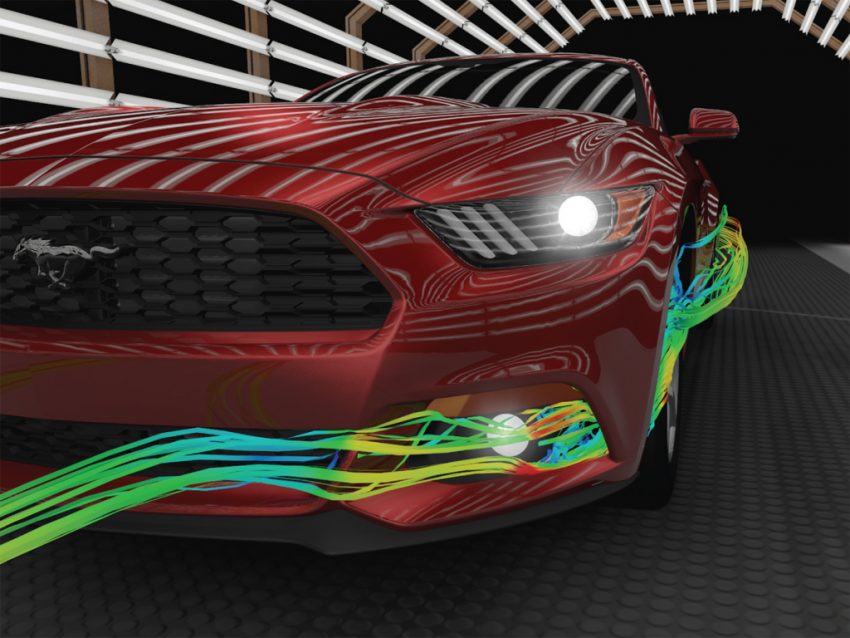

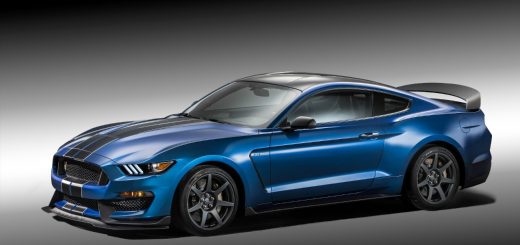
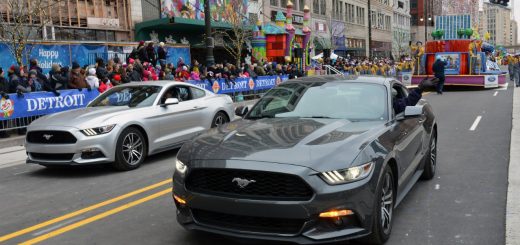
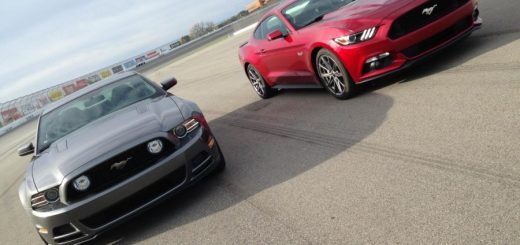
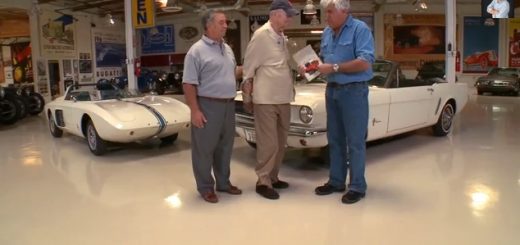
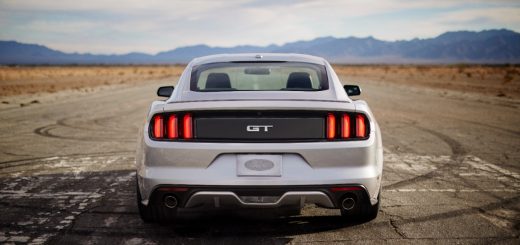






No Comments yet